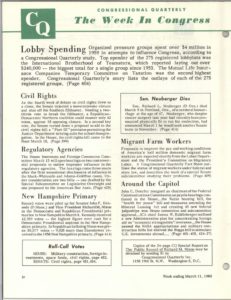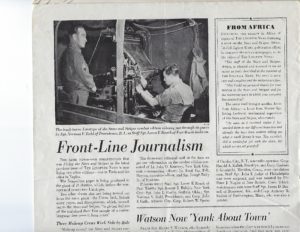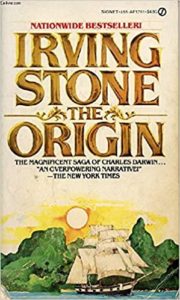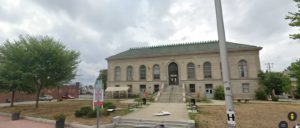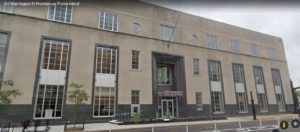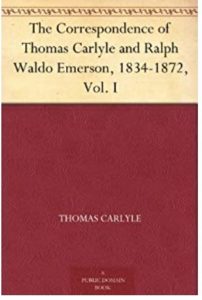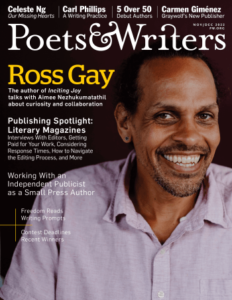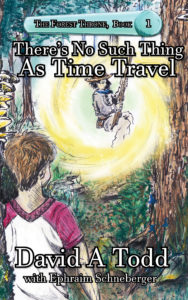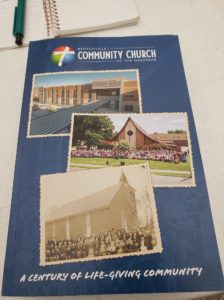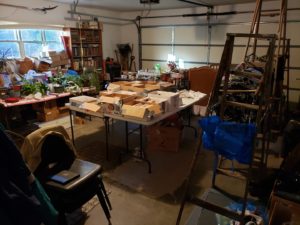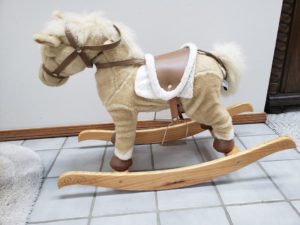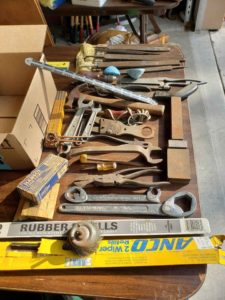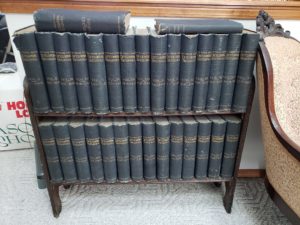
As I’ve posted before, my wife and I are slowly in the process of shedding possessions accumulated over the first 44 years of marriage. You would think that with the moves we made we would be lean in terms of stuff, but, alas, not so. When we went overseas our company paid to store our stuff so we didn’t have to get rid of anything. Now, being septuagenarians and knowing we will someday have to downsize, each possession is getting scrutiny. Does it bring us joy? Will we ever use it? Will we want to move it to whatever our next place is?
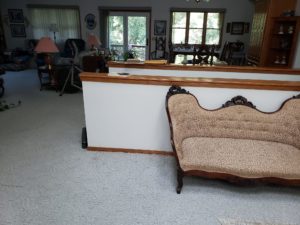
I’ve written before about some dis-accumulation we’ve done. Here’s a summary.
- Dad’s tools. When Dad died in 1997, my brother and I split his tools between us, while my brother took all the hardware. My share, except for a very few I found uses for, sat in garages, unused, catching dust. It was in 2020 that I realized, “Do I really need six saws and eight planes?” Facebook Marketplace was my friend then, and I sold everything I didn’t see myself ever using.
-
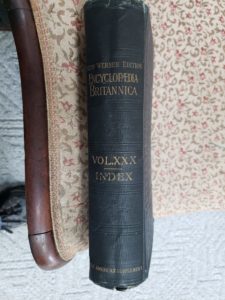
They aren’t elegant to look at, but are obviously old. People like that. Mom’s books. In the 1930s and 40s, Mom accumulated books, some of them through book-of-the-month clubs, some through one-off purchases. Most of them were commonplace books with no sentimental value. Except they were Mom’s. I came to realize I never would read them, couldn’t keep them forever, and sold off about 800 of them. The last 120 or so went to thrift stores, with a couple figuratively stained by my tears.
-
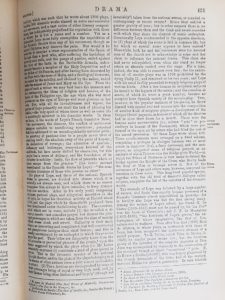
And the “innards” aren’t splashy the way encyclopedias became—before they migrated to the internet. Dad’s Stars and Stripes. I’ve written about them before here and here, so I won’t go into it much. They are now in residence at the University of Rhode Island Library’s special collections, most likely in the inventory/curation process, waiting for scholars to pour over them.
- Grandpa’s trunk. I also wrote about that not so long ago. The trunk Grandpa Oscar Todd brought with him when he emigrated from England to the USA is now at the home of a cousin, and much appreciated there.
So, what’s the new “hole” in our house, left from dis-accumulation?
- Uncle Dave’s encyclopedias. These are a very nice, gently worn, 1900 set of the Encyclopedia Britannica. As our son urged us to do even more in anticipation of future downsizing, I listed them on Facebook Marketplace for a pretty good price. I had no action on them for a few weeks, then someone made an offer while we were out of town; I countered; a bargain was struck; and the transfer of money and books and bookcase happened on Saturday. The hole is in our entryway, which serves as an antique room.
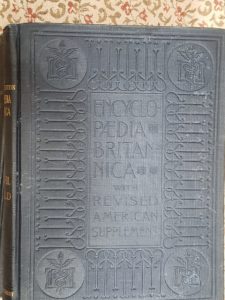
The encyclopedias sat for many years (1950 to 1997) in the basement of the house I grew up in in Cranston, Rhode Island. Covered by a bedsheet, I found them one time in my teenage years, and had occasion to use them only once, in 1990 while visiting Dad. He said they were mine when he “croaked”.
I’m pretty sure they belonged to David Sexton, my grandmother’s uncle and the man I’m named after. He took my grandmother in when she was a single mother in a strange country and became a surrogate dad to my mom—or maybe a surrogate grandfather. He emigrated to the USA in 1887 and made his way to Providence in 1903. I suspect he bought the encyclopedias around the time of his arrival in Rhode Island.
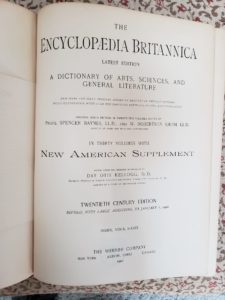
Our house here had the perfect place to display them. They took up little space and made a nice decoration for anyone entering the house. But are they something I would keep forever? I wish I could. When our son was here in January, he encouraged more dis-accumulation. My wife and I were at an impasse as to what to get rid of next, and as a result I decided these antique books would be next.
So they are gone. Even the bookcase, which was an antique of the same era, is gone. After confirming the sale, I wound up getting a full-price offer from another buyer. But, having made the bargain with the first buyer, I felt it had to go to them.
What more can I say? There is a hole in the entryway where they stood, and a little bit of a hole in my heart. But I have many other legacy books that belonged to Uncle Dave. Someday they will go the way of all earthly possessions, but not just yet.
